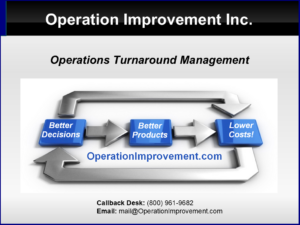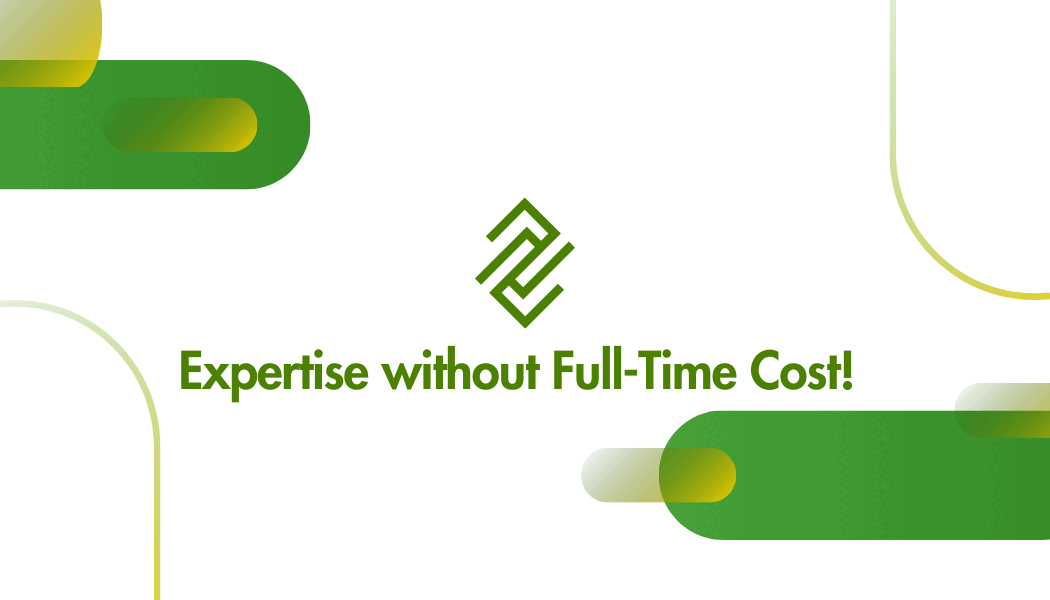Enterprise Improvement and Turnaround Services
June 7, 2025

Follow us on “X” (Twitter)
Operation Improvement & Turnaround for the Enterprise
We evaluate your operation from both a conceptual and a data-driven perspective. We identify and redesign missing and malformed business processes, provide sustainment training, make recommendations and see improvements through to a successful implementation. See our Management Philosophy and take a closer look at our standards for outstanding business metrics.)
We offer our services both remote and on-site within the United States with hourly, daily and weekly rates depending on the type of engagement.
Consulting: Starting at $200/Hour
Travel & Expense Policy: Discussed in Advance





